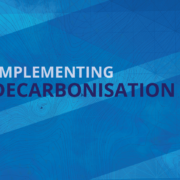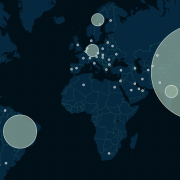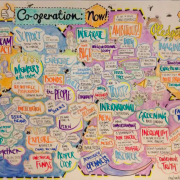Wrap up of Paris, COP21
Friend of SSG, Kevin Anderson at the Tyndall Centre, provides this neat synopsis of the Paris Climate Agreement in an article for Nature Magazine. Impressed and staggered as we all were by the ease of international diplomacy to deliver an ambitious agreement, he shines light on the enormous assumption this is all based on. That to achieve 1.5C in the long term, and thus draw in carbon from the air, will require vast negative-emissions technologies, one being BECCS programs (biomass energy carbon capture and storage),
“The scale of the assumption is breathtaking. It would be the equivalent of decades of planting and harvesting of energy crops over an area of one to three times that of India.”
A sobering read on the political and economic ideologies we have in place that have muscled out what could be an opportunity for zero carbon solutions to get us to 2C.
Another piece from the Wupper Institute in Germany, Phoenix from the Ashes, published in January agrees with the lack of a legally binding agreement.
A facetious detail perhaps, but the writer also notes how the purpose of the committee has shifted, which was ‘to avoid the dangerous impacts of climate change’, to now acknowledging that ‘all global warming is dangerous’ … so how their role changes, is not clear. In his experience, this multinational agreement will be partly based on what and where in their journey national policies got to in terms of their capabilities and ambitions for reductions.
“The question is therefore not whether the Paris Agreement will deliver the emission reductions necessary, but whether the agreement has the potential to catalyse further changes, whether it becomes a pacemaker for policy processes at the international level and in the capitals of the world. From this perspective, the Paris Agreement is much stronger than many had expected.”
1. It received support from developing countries for including adaptation
2. Using reputational risk as the prime motivator for reporting every five years from 2018
3. Using a transparency framework (yet to be disclosed as to what this would be) for reporting
4. Loss and Damage was included without the financial implications for developed countries in having to compensate developing countries for past emissions
5. Scaling up climate finance is weak, by keeping the same pledge as was made in Copenhagen over a decade ago, “the goal of mobilising an annual USD 100 billion of North-South financial flows in 2020 and beyond.” However, with a new collective target to be agreed in 2025, this figure is now seen as the ‘floor’, rather than ceiling of the financial obligations.












